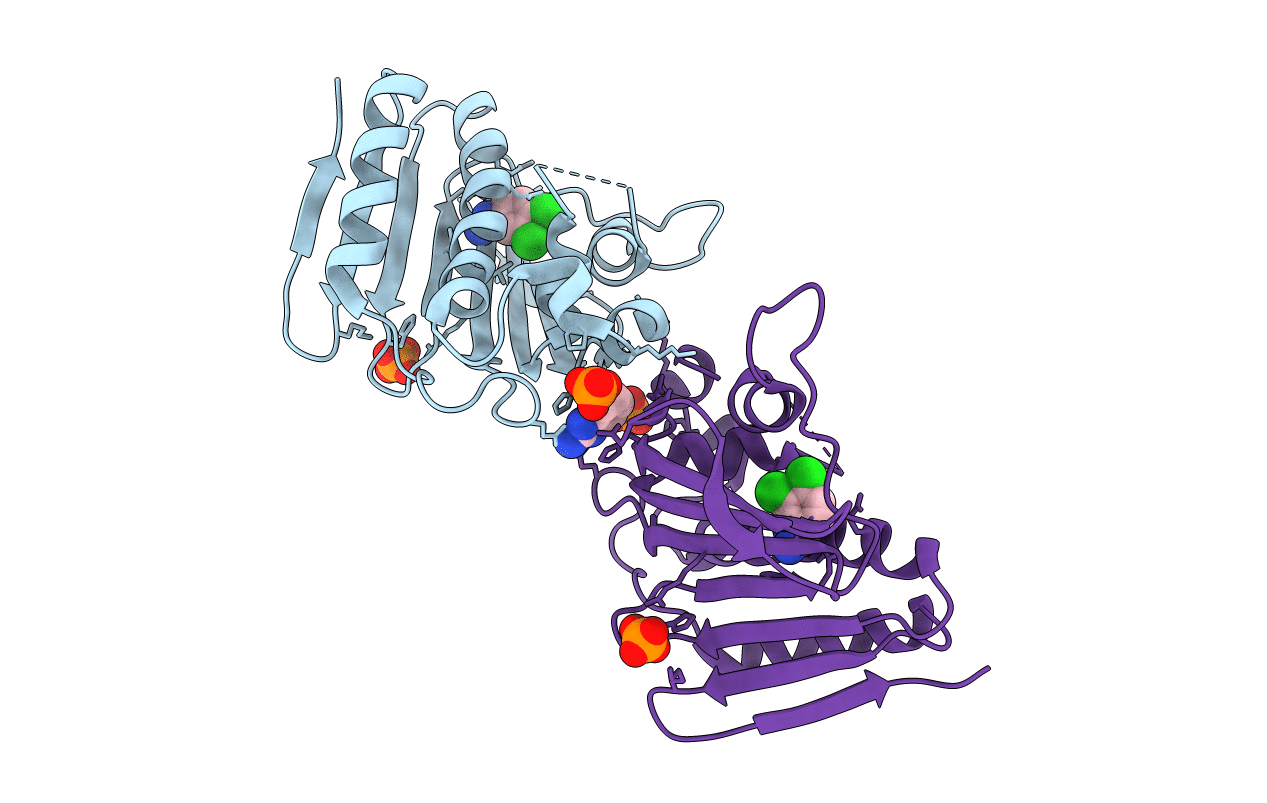
Deposition Date
2018-02-02
Release Date
2018-12-12
Last Version Date
2023-11-22
Entry Detail
PDB ID:
5Z9B
Keywords:
Title:
Bacterial GyrB ATPase domain in complex with (3,4-dichlorophenyl)hydrazine
Biological Source:
Source Organism:
Escherichia coli (strain K12) (Taxon ID: 83333)
Host Organism:
Method Details:
Experimental Method:
Resolution:
2.10 Å
R-Value Free:
0.22
R-Value Work:
0.20
R-Value Observed:
0.20
Space Group:
P 21 21 21


